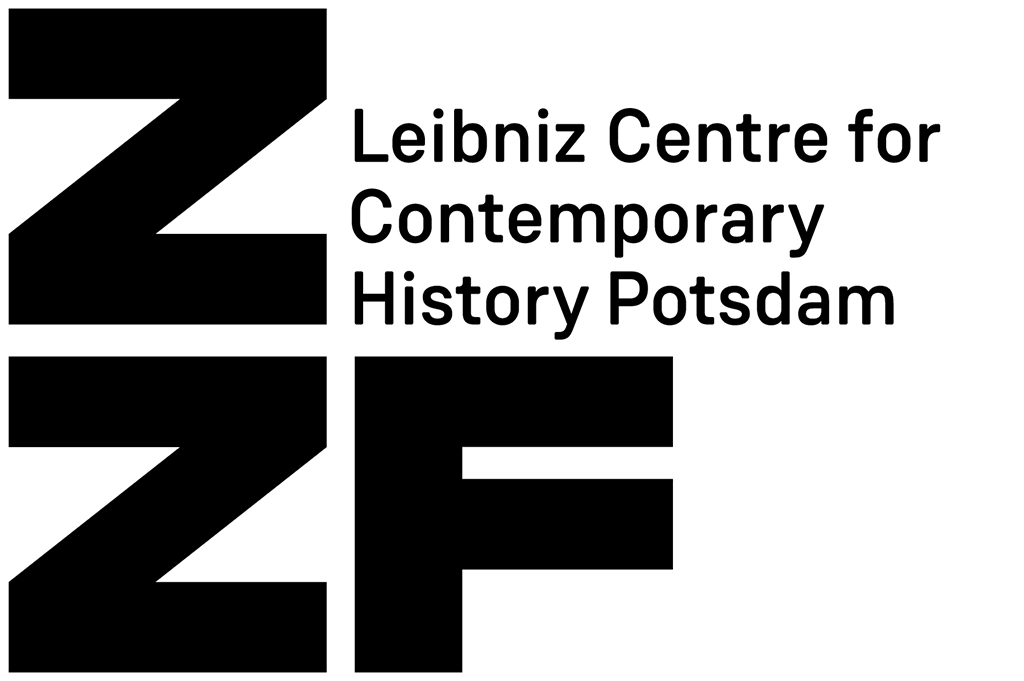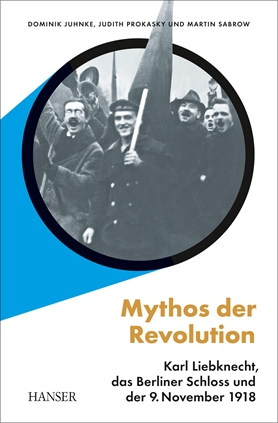Associated research project
The ‘Liebknecht Portal’, which was integrated into the GDR’s State Council Building, fulfilled a dual function for the self-conception of the state: it was simultaneously a trophy of victory over the old Hohenzollern monarchy and a memorial to the socialist revolution. Standing on the balcony of the portal on 9 November 1918, Karl Liebknecht had proclaimed the Council Republic; when the City Palace was torn down in 1950, the baroque gateway was saved, in order to rebuild it as a symbol of the anticipated founding of the state at the moment of triumph over imperialism, militarism and fascism.
The more harmonious the narrative, the more disruptive the incongruous details: where exactly was Liebknecht standing when he proclaimed the republic? How could public enemy number one even succeed in gaining access to this most sacred imperial refuge? And who, more than thirty years later, arranged for the building component to be removed from the ruins, which were ready for detonation?
The project reconstructed the history of the Liebknecht Portal from newspaper articles, eyewitness reports, literary depictions, construction files and planning sketches – from the appearance of the workers’ leaders in front of the Palace entrance to the presentation of the balcony scene in the GDR’s interpretation of history.
The project was funded by the Foundation Berlin City Palace – Humboldt Forum.
Editor at the ZZF: Dominik Juhnke


